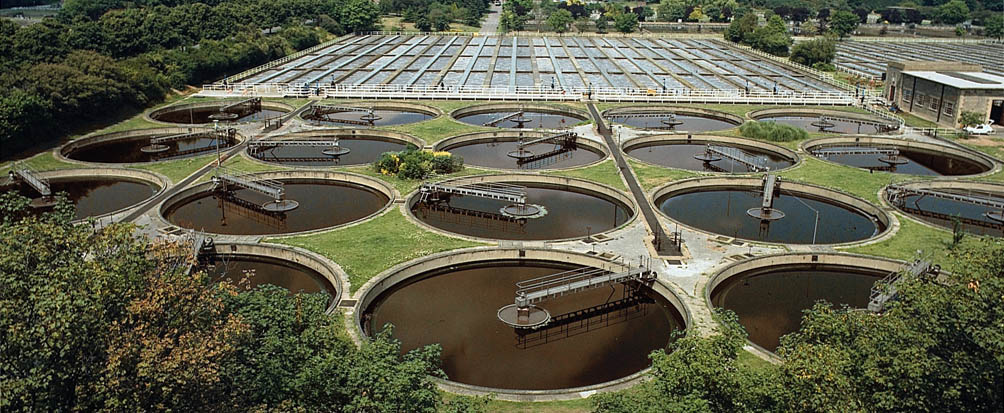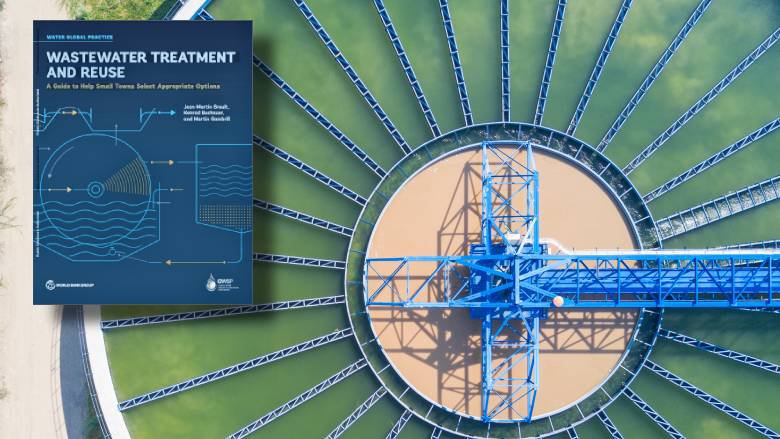Necessary Steps in Local Waste Water Treatment Plants
Necessary Steps in Local Waste Water Treatment Plants
Blog Article
Optimizing Drainage Therapy Procedures: Approaches for Improved Water Top Quality and Resource Recuperation
In the realm of wastewater therapy, the pursuit for boosting effectiveness and sustainability via process optimization is a recurring pursuit that holds immense importance. By developing in on methods tailored to elevate water top quality while simultaneously harnessing important resources, treatment plants can deal with pushing environmental worries while opening financial benefits. From cutting-edge technologies to innovative source recuperation approaches, the landscape of wastewater treatment is evolving swiftly. As we look into the ins and outs of enhancing these processes, a world of possibilities emerges that guarantees not only cleaner water but likewise an extra lasting future.
Value of Refine Optimization
Maximizing drainage treatment procedures via meticulous process optimization is crucial for making best use of performance and making sure environmental sustainability. By fine-tuning each step of the therapy process, from first intake to final discharge, water treatment centers can accomplish higher levels of pollutant removal, decrease power consumption, and minimize the generation of waste spin-offs. Refine optimization includes analyzing vital efficiency signs, such as hydraulic retention times, sludge retention times, and nutrient degrees, to recognize locations for renovation and execute targeted options.
Effective process optimization not just boosts the overall efficiency of drainage treatment plants but likewise adds to cost savings and governing compliance. By optimizing processes, operators can accomplish greater treatment abilities without the demand for significant infrastructure financial investments. Furthermore, enhanced therapy performance brings about cleaner effluent discharge, reducing the environmental influence on getting water bodies and environments.

Advanced Therapy Technologies
In the realm of drainage therapy, the application of sophisticated therapy modern technologies plays a crucial role in enhancing the general effectiveness and performance of the treatment procedures. These cutting-edge modern technologies offer cutting-edge remedies to deal with complicated impurities existing in wastewater streams, making certain the elimination of toxins to meet rigid water high quality requirements. Advanced treatment processes such as membrane layer bioreactors, ozonation, progressed oxidation processes, and turn around osmosis enable the complete removal of contaminants, including arising contaminants like drugs and personal care items.
Furthermore, these technologies promote resource healing by extracting useful materials such as phosphorus, nitrogen, and power from the wastewater. Advanced nutrient removal modern technologies can recuperate phosphorus and nitrogen for reuse in farming fertilizers, while energy recovery systems like anaerobic food digestion can harness biogas for electrical energy generation. By including sophisticated treatment technologies right into wastewater treatment plants, drivers can boost water high quality, decrease ecological influence, and move towards an extra sustainable and resource-efficient method to wastewater management.
Source Healing Methods
Resource recuperation methods in wastewater treatment procedures play an important duty in making the most of the application of useful resources contained within wastewater streams. One usual resource recuperation method is the removal of nutrients like phosphorus and nitrogen from wastewater for reuse as plant foods or in industrial procedures.
Water recuperation strategies, such as membrane layer innovations and advanced filtration systems, make it possible for the therapy and reuse of water for non-potable applications like watering or commercial procedures. By applying source recuperation techniques in wastewater treatment plants, not only can valuable sources be conserved and reused, yet the general sustainability and efficiency of the treatment process can be significantly enhanced. As the focus on resource deficiency and environmental sustainability proceeds to grow, the importance of integrating YOURURL.com resource recovery strategies right into wastewater treatment procedures ends up being progressively evident.
Sustainable Practices in Wastewater Treatment
Sustainable practices in wastewater treatment encompass a variety of methods aimed at minimizing the environmental impact of treatment procedures while optimizing source recovery. One essential facet of lasting wastewater treatment is the implementation of energy-efficient innovations to decrease the carbon footprint of treatment plants.
In addition, the fostering of innovative therapy modern technologies that advertise water reuse and recycling plays a crucial function in lasting wastewater management. By dealing with wastewater to a high criterion, it can be repurposed for various non-potable applications, such as watering, industrial processes, and even potable water manufacturing sometimes. This not only saves beneficial freshwater sources yet likewise reduces the volume of effluent released right into the atmosphere.

Study on Successful Optimization
As wastewater treatment centers progressively concentrate on lasting techniques, real-world study showcasing successful optimization methods work as vital models for market improvement. One such case study rotates around the application of innovative nutrient elimination innovations in a community wastewater therapy plant. By integrating biological nutrient removal procedures and optimizing functional parameters, the center attained substantial reductions in nitrogen and phosphorus levels discharged into obtaining waters, inevitably improving general water high quality.
One more noteworthy study involves the assimilation of anaerobic food digestion systems in an industrial wastewater treatment plant to enhance energy recovery and source efficiency (Waste Water Treatment). With the digestion of organic waste products, the facility not only generated biogas for power production yet additionally decreased the volume of sludge requiring disposal. This twin benefit not just enhanced the plant's sustainability performance but also led to expense financial savings
These successful optimization methods show the possibility for wastewater treatment centers to attain both financial and ecological advantages via effective processes and cutting-edge approaches. By gaining from these case studies, industry specialists can better maximize their very own operations to enhance water high quality and resource recovery.
Verdict
To conclude, enhancing drainage treatment processes through advanced modern technologies, resource recuperation strategies, and lasting practices is important for enhancing water quality and making the most of source healing. Waste Water Treatment. Study have actually demonstrated anchor successful execution of optimization approaches in different wastewater treatment centers. By remaining to prioritize process optimization, we can make certain effective and effective therapy of wastewater, ultimately Our site leading to a much more eco pleasant and lasting technique to taking care of water sources
By fine-tuning each step of the therapy procedure, from preliminary intake to final discharge, water therapy centers can attain higher degrees of pollutant removal, decrease power consumption, and reduce the generation of waste by-products.In the world of waste water therapy, the application of sophisticated therapy innovations plays a crucial function in enhancing the total effectiveness and performance of the therapy procedures. By including sophisticated treatment technologies into wastewater therapy plants, operators can boost water high quality, minimize ecological influence, and move in the direction of a more resource-efficient and lasting approach to wastewater monitoring.
By executing source healing techniques in wastewater treatment plants, not just can valuable resources be saved and recycled, however the total sustainability and efficiency of the therapy process can be dramatically improved. Lasting methods in wastewater therapy encompass a range of methods intended at decreasing the ecological influence of treatment processes while making best use of resource healing.
Report this page